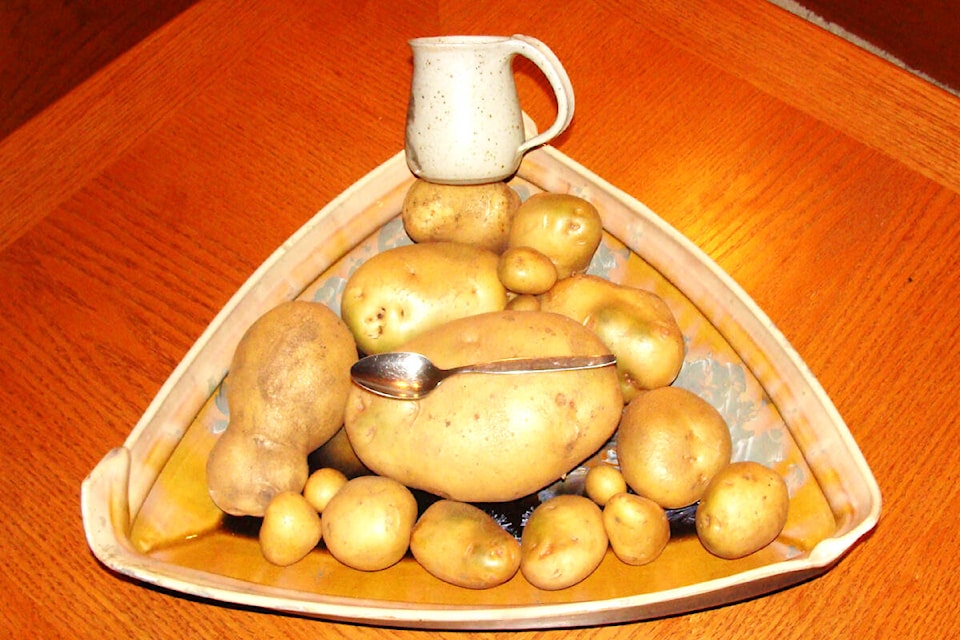Jim Hilton
Forest Ink
I will be the first to admit I was not very serious about gardening until COVID hit and store shelves were bare for the first time in my memory. For decades the produce from our garden was not very impressive. I tried adding a little compost and watering a little more often but my theory was that the poor productivity was too much shading in our upper garden. A couple of years ago I started consulting some gardening books that were recommending raised beds or double digging and adding compost in the bottom of the trench.
Last year I went all out by constructing two raised beds twenty inches high (two 2 x 10s lined with metal roofing scraps). I dug out all the old soil and made a trench below bottom of the bins for adding some rotten wood.
I first added compost on the bottom then began adding two-inch layers of old soil, more compost, biochar, and a loam from a local company until I was six inches from the top of the bin.
By mid summer I was enjoying a number of vegetables including peas, carrots, squash and kohlrabi but my biggest surprise came last week when I dug up two potato plants in one of the bins. By luck the one plant was next to the fence which helped it reach a height of six feet and it still had green leaves when I harvested the potatoes last week. The photo shows the harvest from two plants would fill a good sized pot with the largest potato being over six inches long.
If I had used some type of drip irrigation system who knows I could have done much better but I am not complaining for my first year.
As indicated in previous articles I have been doing some pot trials along with forest soils supplemented with biochar and relying on rain only for the growing season. Considering the dry spell and heat this fall most plants did well despite being cropped by the deer but most potatoes only reached the size of large grapes. Even though the test plots had a reasonable texture there was not enough moisture to produce a reasonable potato crop.
My rationale for using potatoes as a test crop allows me to test my trials in a year rather than waiting many years for a tree crop.
As noted in previous articles clonal hybrid poplars have a six to 12 faster growing rate than natural forests and are farmed much the same as a vegetable crop. Once the federal greenhouse gas offset credit system kicks in (estimated to be around 2030) the anticipated revenue may help pay for the establishment of hybrid plantations or tree farms.
Old logged areas and parcels that have been difficult to establish may be able to generate some income from carbon offset credits to help pay for upfront costs until the crop is harvested.
Now would be a good time to do some basic research to see how much a soil improvement plan could improve the output of the poplar as well as some experiments with companion crops that could also diversify the market opportunities.
Jim Hilton is a retired professional forester who lives in the Cariboo Chilcotin where he worked for many years.
Do you have a comment about this story? email:
editor@wltribune.com
Like us on Facebook and follow us on Twitter.
